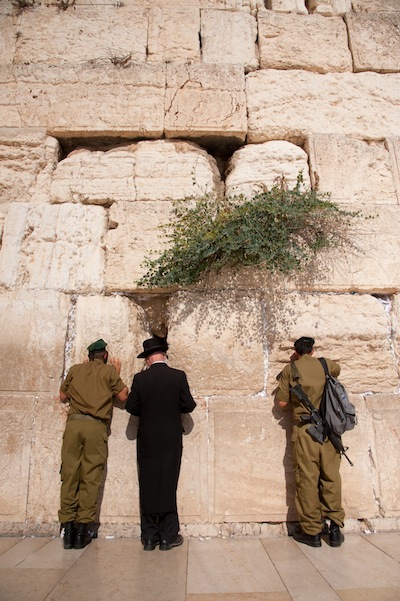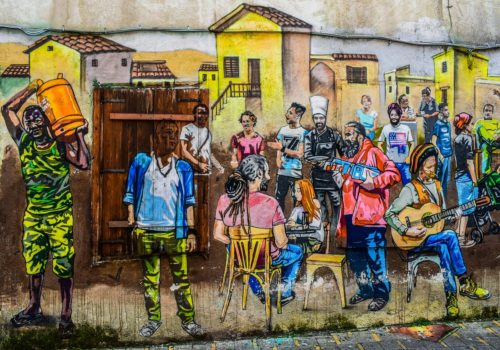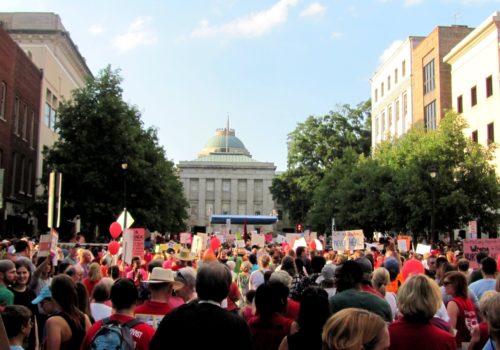There are few places in the world so closely identified with religion and violence as Israel and the Palestinian Territories. Yet just as elements of each of the world’s three monotheistic religions have historically committed great episodes of violence in the Holy Land, so they also have enjoyed long periods of relatively peaceful coexistence, and even now members of each tradition struggle nonviolently for a just and lasting peace.
It is critically important to acknowledge, however, that though each tradition has had a historic role in shaping the contemporary context for good or ill, these influences are presently far from equal in power and influence. Israel, the self-proclaimed Jewish state, is now the dominant political power. Its military superiority, further backed by influential Christian Zionist and Jewish pro-Israel communities in the United States, allows it to flout international law in its construction of settlements and the separation barrier dividing the Palestinian Territories. Yet there remains a small but vocal movement of Jewish solidarity activists—religious and secular—committed to ending the occupation and preserving the Jewish moral tradition.
While the Palestinian Authority government is officially secular and committed to nonviolent resistance, extremist militants, some of them Islamist, affiliated with Hamas or smaller splinter groups, still engage in attacks on Israeli civilians and soldiers. Yet Palestinian Muslims also remain on the front lines of weekly nonviolent demonstrations against the occupation, which typically begin following noon prayers each Friday. Recent Gallup polls of the Palestinian public reveal an overwhelming majority prefer nonviolence to armed resistance.
Palestinian Christians, bearers of the gospel since the time of Christ, are a shrinking minority—less than 2% in the Palestinian Territories—but one with influence well beyond its numbers. Many have emigrated due to the political and economic pressures of the Israeli occupation, according to polls of the community. Yet Palestinian churches remain relatively united and outspoken in their advocacy of nonviolence as the Christ-like response to these injustices, most clearly articulated in the Kairos Palestine Document (www.kairospalestine.ps).
Here as anywhere, lines between religion and politics often blur, one often exploited in service of another. While each tradition has its exemplars and extremists, perhaps the clearest lens to employ when viewing the conflict is that of Christ. In his ministry, Jesus engaged both the powerful and the powerless. His disciples included both Zealot insurgents and collaborationist tax collectors. He denounced injustice and oppression, and reserved his harshest words for the leaders of his own tradition. We do well to follow his example in our pursuit of peace with justice.





